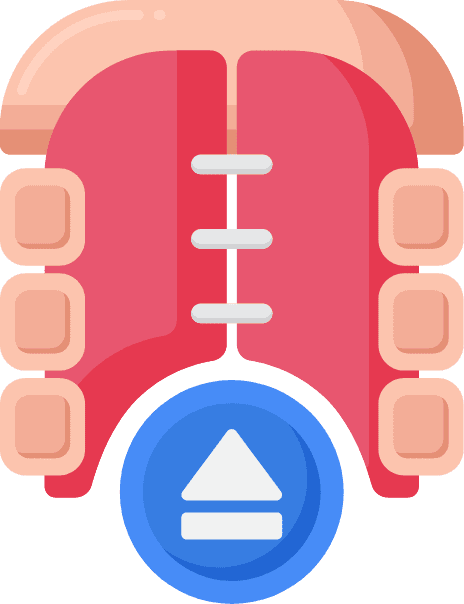Fixed Retainers in Aberdeen
What do I need to know about Permanent Retainers?

The Importance of Retainers

What are permanent retainers for teeth?
The use of retainers depends on what is best for your teeth. Typically, removable retainers are used for the top teeth and permanent retainers for the bottom teeth. A permanent retainer is bonded to the back of the teeth; no one will be able to see it when you speak or smile. There are two types of permanent retainers for teeth; top permanent retainer and permanent retainer for bottom teeth.
What are the risks associated with permanent retainers for teeth?
In addition to being more difficult to keep clean, fixed retainers can also increase your risk of developing cavities, bone loss, and gum disease in the regions they cover. Your teeth could get more encrusted with a plaque as a result.
How do I clean my teeth after having a permanent retainer?

Clean your top permanent retainers and permanent retainers for bottom teeth,daily.Brush as you normally would, being careful to reach every crevice between the teeth with your bristles so that no area is missed, especially those close to the bonded material or those hidden behind the wire itself.

Take a 6-inch piece of floss and a floss threader, place one end of the floss between your fingers and the other end in the threader, then wriggle the floss between two of your front bottom teeth. Gently raise and lower the floss as it runs along the sides of the teeth from their tops to where they contact the gums while it is in between the teeth. Avoid using excessive force to avoid cutting or harming your gums. Move the floss to the top of the teeth once you’ve finished with one set of teeth, then slide it to the next set.
Can I quickly take my permanent retainer out?

